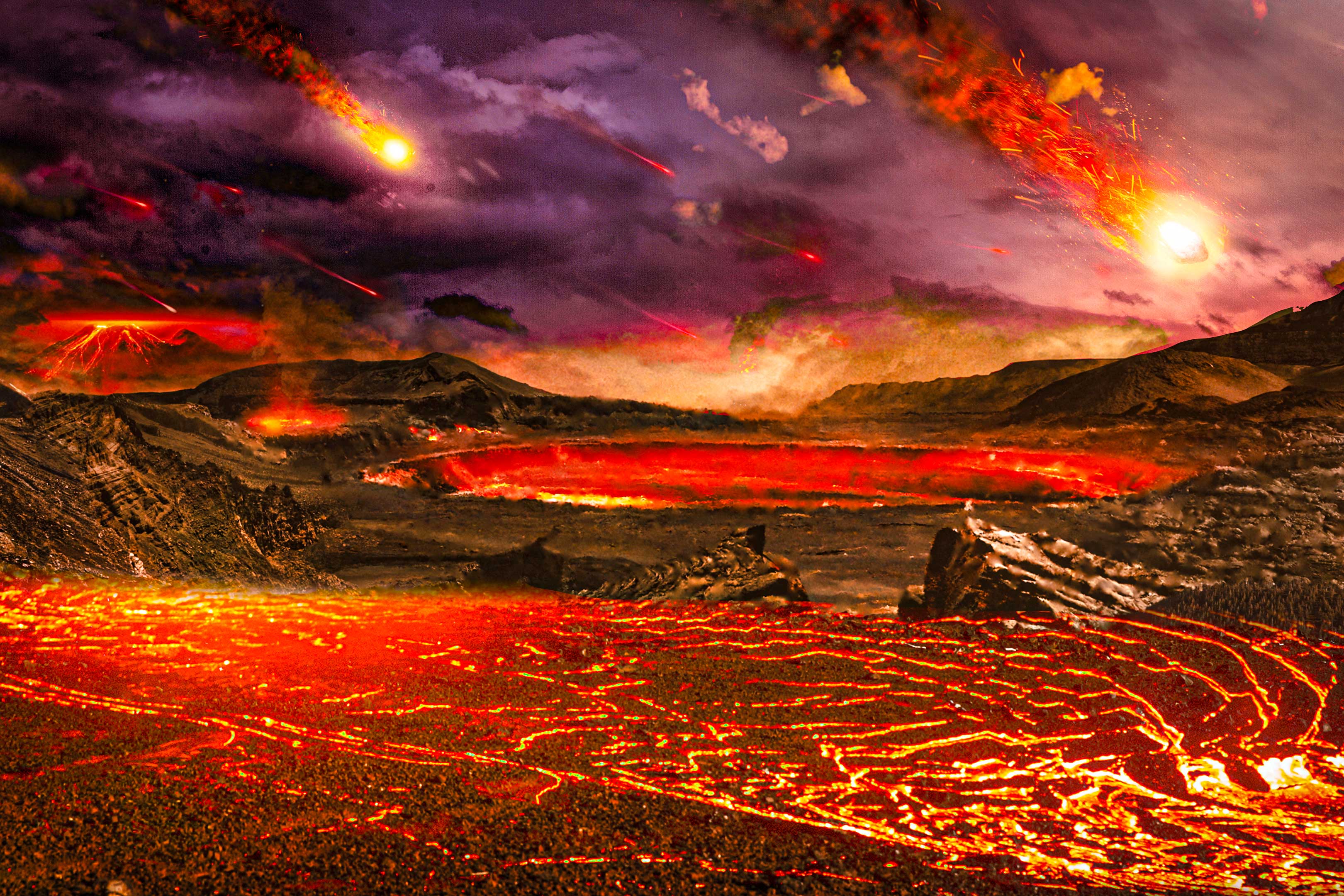AI Generated Discovery: New Mineral Found on Mars Reveals Planet's Watery Past!

Did you know that Mars, the planet that seems so desolate and barren, may have once been teeming with life? Recent discoveries suggest that the Red Planet was not always the cold, dry wasteland we see today. A groundbreaking revelation by scientists has uncovered a new mineral called ferric hydroxysulfate, and it could change everything we think we know about Mars!
This incredible find doesn't just come from a rover’s tire tracks on the Martian surface; instead, it stems from a group of dedicated researchers at the SETI Institute who meticulously analyzed data gathered by the Mars Orbiter. Can you believe that this spacecraft has been orbiting Mars for over 15 years? Its continuous observation has finally paid off with a significant breakthrough!
The method behind the magic? Spectroscopy. This technique allows scientists to analyze how light reflects off Mars' surface, unraveling the chemical composition of minerals from millions of miles away. When the results pointed to ferric hydroxysulfate, a mineral never before seen on Mars, excitement rippled through the scientific community. But what makes this so special?
Well, ferric hydroxysulfate forms in the presence of water, iron, and sulfur—all vital elements that hint at Mars' past being warmer and wetter than we ever imagined. Think of it as a time capsule revealing that Mars might have had conditions similar to early Earth, potentially allowing for the existence of life. These findings point to the tantalizing possibility that ancient organisms could have thrived beneath the Martian soil.
The discovery of ferric hydroxysulfate (Fe3+SO4OH) was the culmination of years of herculean effort led by Dr. Janice Bishop and her team at SETI, focusing on a geologically rich area known as Valles Marineris. Using a nifty instrument called CRISM (Compact Reconnaissance Imaging Spectrometer for Mars), they detected unique light signatures in regions like Juventae Chasma and Aram Chaos.
When comparing the data from Mars to minerals found on Earth that form in acidic, water-rich environments, the scientists were astounded to find a match. But that's not all; the presence of ferric hydroxysulfate also suggests volcanic and geothermal activity on Mars, which intrigues scientists as they piece together the planet's geological history.
And there’s more! In a separate study, Roger Wiens from Purdue University found unusually high aluminum levels in certain pale rocks on Mars, indicating another mineral called kaolinite, which, like ferric hydroxysulfate, requires warm, wet conditions to form. This further solidifies the idea that ancient Mars was remarkably similar to Earth.
Nobody ever imagined that Mars could have had such a complex and hospitable environment. NASA's ongoing quest for signs of life is taking a thrilling turn with this new mineral. As we learn more about the wet past of Mars, could we also be laying the groundwork to support human life there in the future? With regions like Juventae Chasma and Aram Chaos moving to the forefront of exploration, the mystery of Mars is becoming more exciting by the day. Ferric hydroxysulfate is just one piece of a much larger puzzle in our quest to understand what lies beyond our blue planet.




























